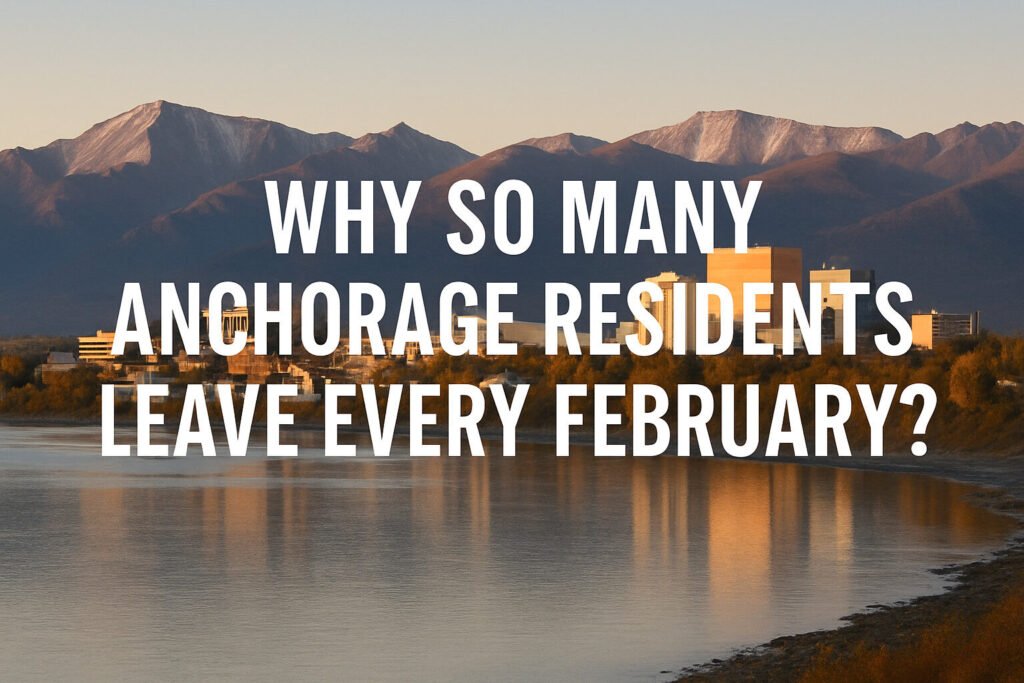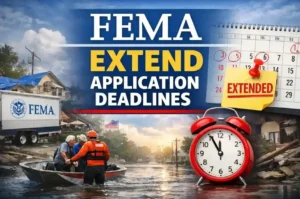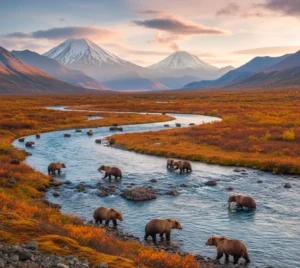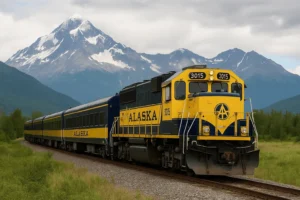Table of Contents
🌨️ The Quiet Exodus No One Talks About
Ever notice how Anchorage feels… emptier in February?
It’s not just your imagination. The freeways are a bit less packed. Your favorite coffee shop has fewer people in line. Social media lights up with pictures of beaches, margaritas, and sunsets that clearly aren’t anywhere near Alaska. The truth? Every February, a silent but very real migration happens, and most Alaskans just call it “Going Outside.”
But what’s driving this predictable winter disappearance?
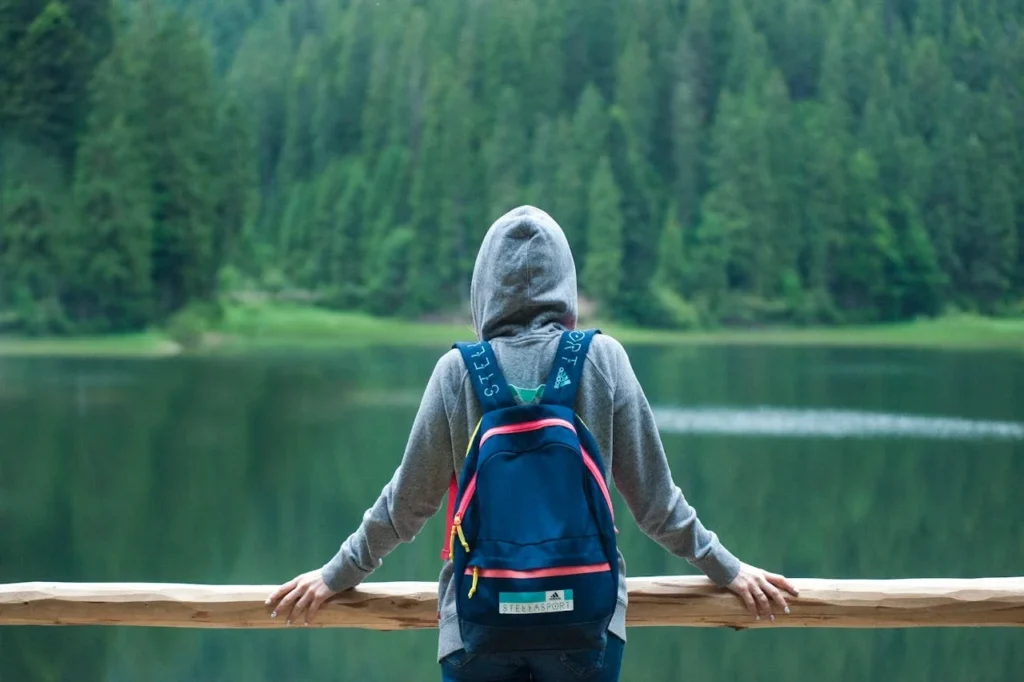
🧊 February in Anchorage: The Harshest Stretch
Coldest Temperatures & Shortest Days
Anchorage isn’t for the faint of heart in winter, but February takes it up a notch. We’re talking average temps near or below 0°F and a daily grind that begins and ends in the dark.
February typically has 5 to 7 hours of daylight, a harsh contrast to the endless summer sun Alaskans get used to. At this point, most residents have already weathered two months of cold, snow, and perpetual twilight.
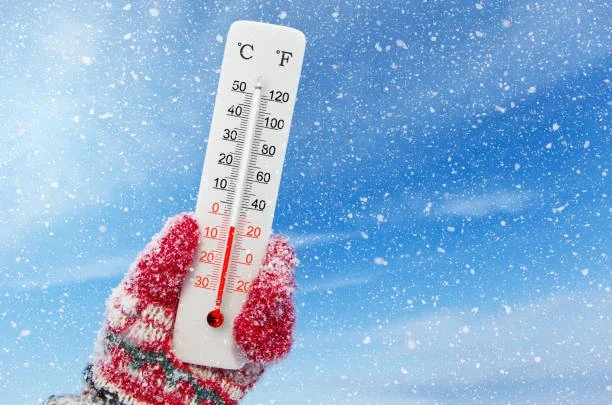
Ice, Wind, and Freeze-Thaw Hell
Let’s not romanticize it, this part of winter isn’t the pretty, cozy, hot-chocolate-in-hand kind. It’s the black ice, wind-burned skin, and car-battery-dies-again kind. As one local put it:
“The fun part of winter ends in January. After that, it’s just survival.”
🧠 Seasonal Affective Disorder (SAD) & Mental Fatigue
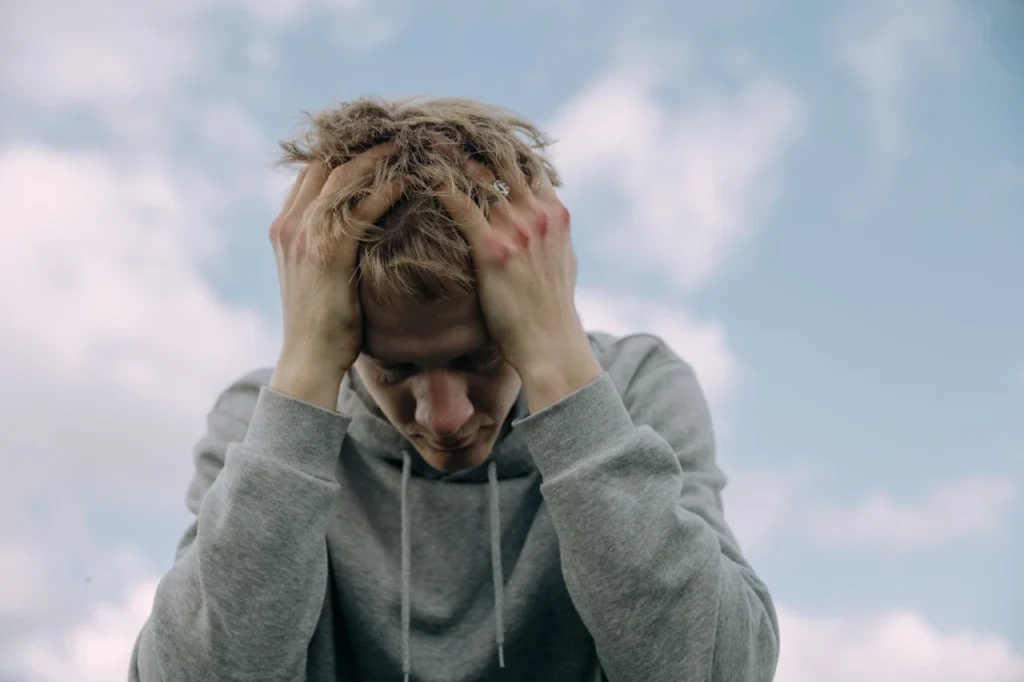
The Science Behind SAD
Seasonal Affective Disorder (SAD) is a clinical form of depression triggered by reduced sunlight. Less light means your melatonin levels spike, making you feel sleepy. Simultaneously, your serotonin levels drop, taking your mood down with it.
Personal Stories and Coping Struggles
The mental fatigue is real. After months of waking up and returning home in darkness, the soul starts to wear thin. It’s no coincidence that Alaska ranks among the top states for winter-related depression.
🌴 The Culture of the Great February Escape
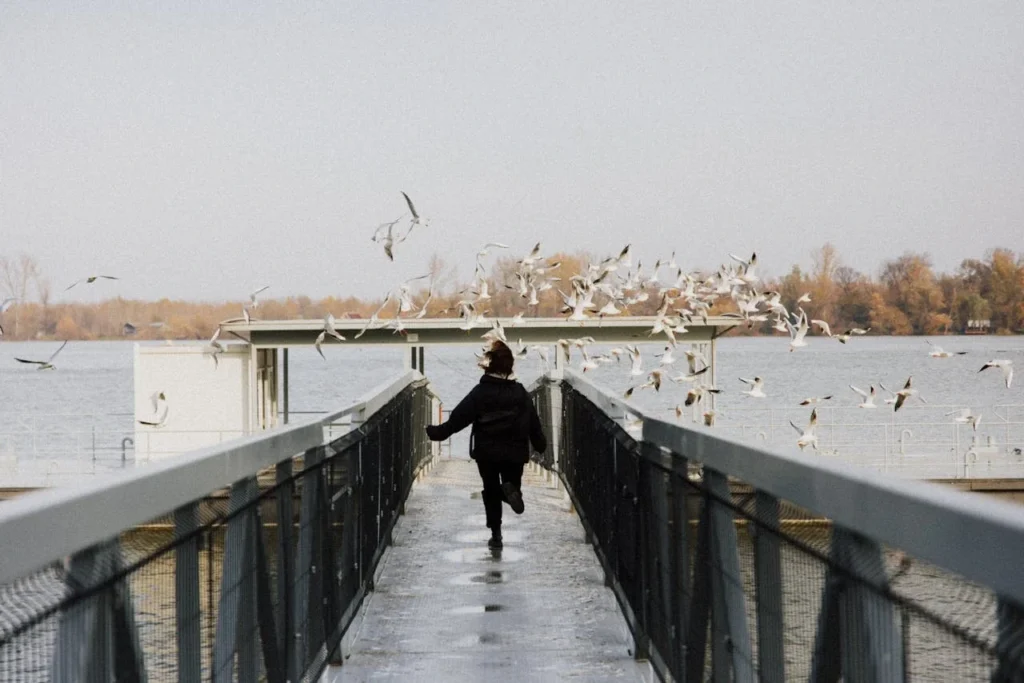
“Going Outside” Isn’t Just a Phrase
Alaskans use the phrase “Going Outside” to describe traveling anywhere beyond the state. But in February, it becomes a shared ritual. It’s not a luxury, it’s survival.
Popular Destinations for the Winter-Weary
From Honolulu to Palm Springs, Cancún to Phoenix, Anchorage residents migrate south to warm up, dry off, and simply feel alive again.
Schools and Flights Reflect the Trend
Many Anchorage schools report noticeable dips in attendance every February. Travel agencies even plan special deals around this trend. Some even call it the “Alaska Break.”
💰 The Economics Behind the Escape

Budgeting for February All Year Long
Many residents plan their great escape a year in advance, budgeting specifically for February travel. For some, it’s a necessary mental health investment.
Remote Work, Retirees & Snowbirds
The rise of remote work and early retirees means more people can spend 2-4 weeks away without guilt or disruption. Some leave for the entire winter season.
Locals Become Tourists
While tourists avoid Alaska this time of year, Alaskans flip the script, becoming tourists elsewhere, escaping to where sunshine is not just a rumor.
🏔️ Not Everyone Can Leave (And That’s When It Gets Real)
Life in Anchorage When Everyone Else Leaves
For those who stay, February in Anchorage is quiet… eerily quiet. Events slow down, the streets empty a bit, and you start seeing the same people at every indoor event.
Coping Mechanisms and Fake Getaways
So what do stayers do?
- Light therapy boxes to mimic sunlight
- Tropical-themed parties (yes, even with leis and beachwear)
- Indoor tanning salons
- Social meetups, hot yoga, saunas, and snow hikes
Community, Saunas, and Light Boxes
More gyms and wellness centers offer February challenges, such as fitness boot camps, indoor cycling, or meditation groups, helping people feel less isolated.
🏙️ Is Anchorage Built for February?
Businesses, Events, and Local Rhythm
The truth is, the city slows down. Businesses adjust hours. Events are fewer. Locals expect the lull, and many even plan personal time around it.
Can More Be Done to Help People Stay Mentally Fit?
Anchorage has begun exploring better public health support in winter:
- Free community events
- Seasonal mental health clinics
- Citywide light therapy stations in public libraries or offices
But the stigma around winter fatigue still lingers—and needs addressing.
FAQs
It means leaving the state. For Alaskans, especially in winter, it often refers to escaping to the Lower 48 or Hawaii.
It’s the coldest, darkest part of the year with long nights, icy roads, and a general sense of burnout. SAD and isolation peak.
Hawaii, Arizona, Mexico, and California are popular for their sunshine, beaches, and easy flights from Anchorage.
Flights can be pricey due to demand, but many people plan and budget all year for a February getaway.
Try light therapy, stay active, attend community events, and consider indoor hobbies or “fake vacations” to lift your mood.






